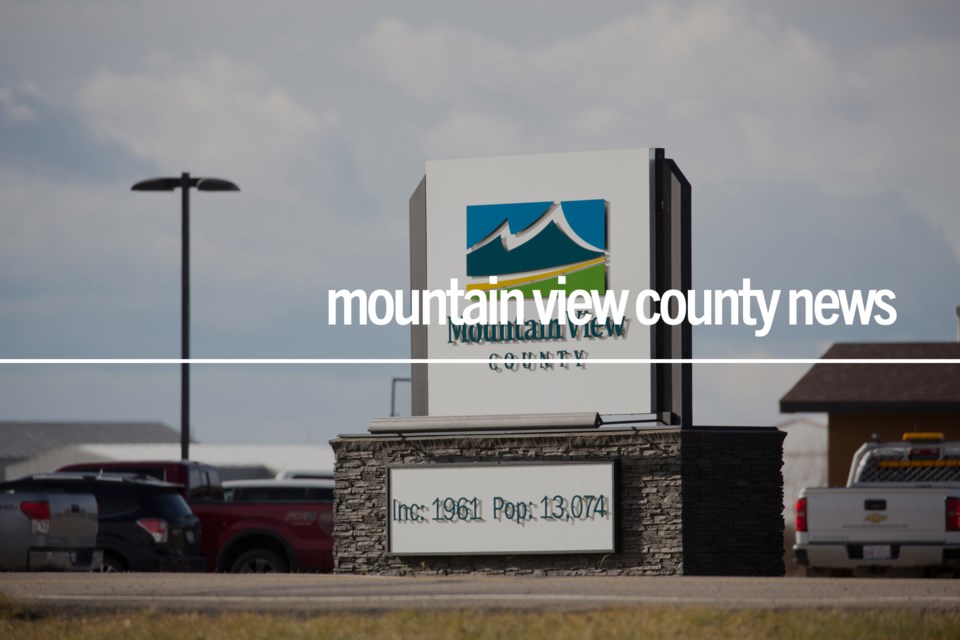MOUNTAIN VIEW COUNTY - Nearly $2 million in new funding for the ALUS Canada watershed resiliency and restoration project is welcome news for local landowners interested in environmental stewardship, says Mountain View County Reeve Angela Aalbers.
Recently announced by Rebecca Schulz, minister of Alberta Environment and Protected Areas, the new funding is part of $3.5 million the province is making available to promote drought resiliency, prevent flooding and improve water quality.
The new ALUS funding will allow municipalities, including Mountain View County, to work with more farmers, ranchers and other landowners in creating, maintaining and monitoring natural ecosystem restoration and enhancement projects.
There are numerous local landowners who are already involved with ALUS projects. The county’s agricultural service board (ASB) is involved with allocation of ALUS funding and promotion of local projects, which include wetland preservation and livestock support.
“Mountain View County is very pleased to learn that ALUS has emerged as the major beneficiary of the Alberta Watershed Resiliency and Restoration Project (WRRP) funding round for 2023-24, securing an impressive $1,945,296 out of the $3.5 million allocated,” reeve Aalbers told the Albertan.
“This substantial grant underscores a significant boost for ALUS, empowering the organization to collaborate with municipal partners in engaging farmers and ranchers in initiatives aimed at creating, maintaining, and monitoring natural ecosystem restoration and enhancement projects.”
The ALUS project’s focus lies in the practical implementation of best management practices, laying a foundation for sustainable communities, she noted.
“The funds will be instrumental in supporting ALUS’s extensive network of communities across Alberta, fostering on-the-ground projects that prioritize the foundational aspects crucial for community-wide adoption of the program.”
While specific details of the initiatives are still in the planning stages, Mountain View County “stands to reap benefits from both facets of this groundbreaking work,” she said.
“The grant's structure positions ALUS as a key player in driving tangible positive change, enhancing the region's resilience, and contributing to the overall well-being of the communities involved.”
Lorelee Grattidge is a sustainable agricultural specialist with Mountain View County.
“It’s always exciting to hear when there’s new funding, and especially when our municipality is in the target area of the funding,” she said. “With the concerns with drought this year, this is definitely funding that can be used to assist in that.”
Asked if the new funding may encourage other area landowners to become involved in ALUS projects, she said, “I think so because it provides the additional opportunity for producers to protect the natural water bodies that they have on their lands. By protecting them and increasing the vegetation around them, that just provides more water sources for them in the future.
“I think we will see an uptake in projects. I have already had quite a few calls related to people just trying to be proactive on managing their water sources going into the summer.”
Minister Shulz says at a time when drought is a growing concern in the province, projects aimed at promoting land stewardship through drought resilience is vital.
“It has never been more important to improve the resiliency of Alberta’s watersheds,” she said in a release. “By working with local communities and partners, we are helping mitigate the impact of future flooding and droughts in communities across the province while creating healthier water bodies for future generations.”
As well as ALUS, the $3.5 million in new funding will go to a number of other projects, including $214,000 to the Land Stewardship Centre of Canada’s green acreages: Investing in Alberta’s wetlands and watersheds project.
That initiative will support workshop, educational resources and cost-shared initiatives for the restoration, enhancement and stewardship of projects designed for acreage, hobby farms and recreational property owners.



